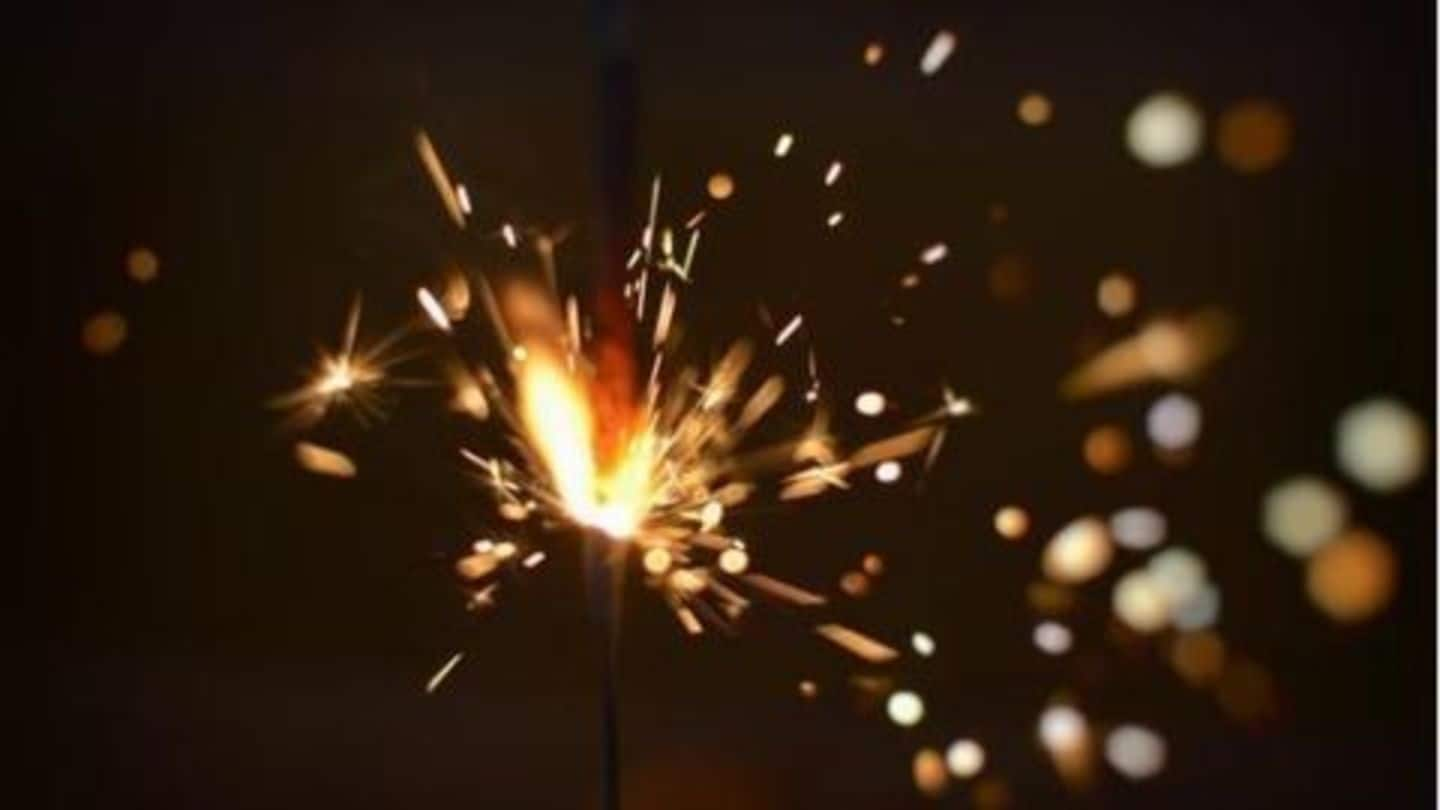
Diwali 2016 pushes Delhi's air pollution limits
What's the story
According to experts, the level of pollution created by this year's Diwali caused several poisonous gases to cross the danger mark.
A detailed analysis of pollution levels on Diwali day saw the city's air quality levels plunge down to 'severe' levels.
Anumita Roychowdhury, executive director of Centre for Science and Environment said, "Government initiatives will not help if there is no citizen partnership."
Background
Air pollution in Delhi
According to a World Health Organization survey that involved 1600 cities, Delhi's air quality is the worst out of all major cities globally.
Gwalior in Madhya Pradesh and Raipur in Chattisgarh are the only two Indian cities with air pollution worse than Delhi's.
The poor air quality is responsible for causing irreparable damage to the lungs of 2.2 million or 50% of Delhi's children.
Definition
Particulate matter (PM) levels
The unit to measure air quality or outdoor pollution is known as particulate matter (PM). PM10 particles are coarse dust particles which are about 10 micrometers in diameter. PM2.5 particles are fine dust particles that have easy access to human lungs.
Pollution
Levels of pollution in the city
The Delhi Pollution Control Committee placed PM2.5 levels at 883 micrograms per cubic metre.
This figure exceeds the standard 60 micrograms per cubic metre by 14-16 times.
The World Health Organization's (WHO) global mean guideline of 25 micrograms per cubic metre was violated up to 35 times.
According to the US Embassy of New Delhi, PM2.5 levels had soared to 1,126 by Monday 2am.
Data
Causes
Fireworks lit for Diwali combined with high humidity, low temperature and low wind speed led to the collection of pollutants in the air. High wind speed dispersed these pollutants in the range of 0.3 to 2 metres/second compared to the usual 2 to 4 metres/second.
Measures
Efforts taken by the Delhi Government
In December 2015, the Delhi government implemented the 'Odd-Even' program which allowed vehicles ending with odd registration numbers to run on odd dates and even registration numbered vehicles to run on even dates.
This year, 12 teams (one per district) were formed to supervise the sale of firecrackers prior to Diwali.
Outdoor air-purifiers and mist fountains were to be installed in Delhi's worst-affected locations.